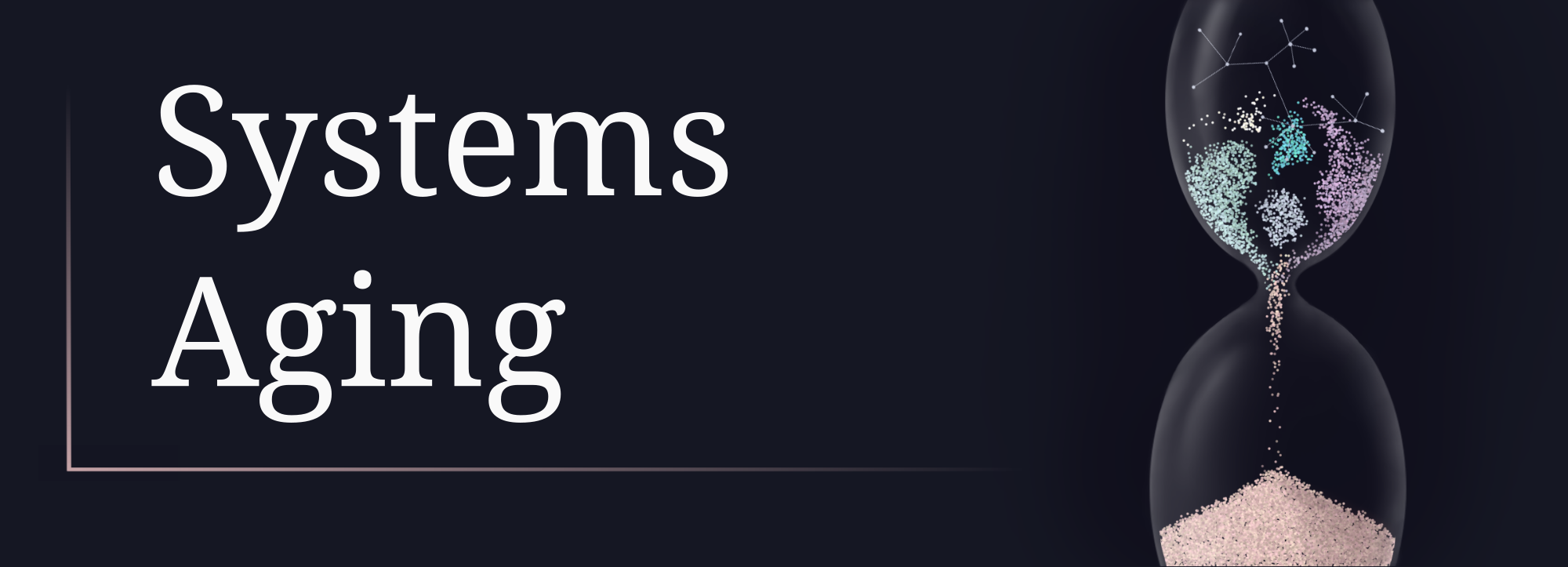New Results
These articles describe numerical models and experiments testing one or several precisely formulated
hypotheses
related to understanding or modulating aging. This should include elements of computational systems biology
applied
to relevant real datasets (in contrast to fully simulated ones). The computational research study should be
complemented with one of the following:
-
Wet-lab work empirically assessing the new findings
-
An in silico assessment of the results, and ideas for precise experimental protocols to assess the new
findings (which could give rise to a subsequent article in the Replication & Validation category).
We will publish positive or negative results alike, as long as the method is sound. If the
computational
method
is also new, we will require a demonstration of its reliability on datasets where elements of
validation
already exist and/or with appropriate simulations.
This type of article must include an Epistemic box. In it, briefly state:
-
the paper's central research hypothesis,
-
what is expected under this hypothesis,
-
what observations would falsify it,
-
how did you test it in the study.
Approximate content size: up to 12 pages, including title, abstract, figures and bibliography. The number of figures should not exceed 6. Additional content is welcome as supplementary material. Sections: Abstract, Introduction, Epistemic box, Methods, Results, Perspectives.
Replication & Validation
Replication articles reproduce the findings of one or several previously published articles, and conclude on
their robustness and reproducibility. This should be done in the original setting, but can also include minor and
clearly
stated elements of novelty. We believe this kind of article has the potential to greatly strengthen our
confidence
in aging biology research and make it more efficient in the long run. In this type of paper, please report as thoroughly as possible:
-
which experimental settings are copied from the original study,
-
which ones you may have altered and why,
-
which ones you may have inferred or defined yourself because of a lack of details in the original study.
In this category, we also encourage the submission of follow-up articles. These articles do not identify fully new targets or mechanisms, by rather concentrate on the assessment of results that have previously put forward. This can for example consist in the experimental
testing of hypotheses, candidate genes or pathways identified in in-silico studies, but where no wet-lab experiments (or only incomplete ones) have been carried-out to test the results.
If the original article(s) being replicated or further assessed are from Systems Aging as well, they will be
visually and semantically linked together in the journal website.
Approximate content size: up to 12 pages, including title, abstract, figures and bibliography. The number of figures should not exceed 6. Additional content is welcome as supplementary material. Sections: Abstract, Introduction, Methods, Results, Perspectives.
Literature review
A structured overview of a topic linked to understanding the mechanisms of aging and longevity through the
lens of systems biology. It should outline and critically discuss current knowledge and unknowns of this topic,
while highlighting research directions worthy of future attention.
Approximate content size: up to 10 pages, including title, abstract, figures and bibliography. The number of figures should not exceed 4. Additional content is welcome as supplementary material. Sections: Abstract, Introduction, [Your custom sections], Perspectives.
Opinion, News & Philosophy
These papers are a way for scientists to freely express their views on the field of systems biology and
aging
research. They can for example raise epistemological or moral problems in the field, propose new ways of
thinking
about a specific issue, or present new paradigms better suited to study the complexity of aging biology.
Authors
can
also discuss societal and philosophical implications of aging research, or react to a particular event or
news
important for the science of aging.
Approximate content size: from 2 to 6 pages, including title, abstract, figures and bibliography. The number of figures should not exceed 4. Additional content is welcome as supplementary material. Sections: Abstract, Introduction, [Your custom sections], Perspectives.

